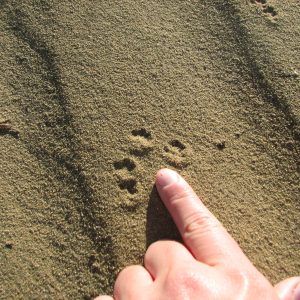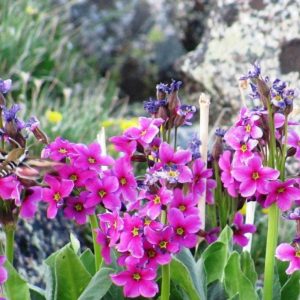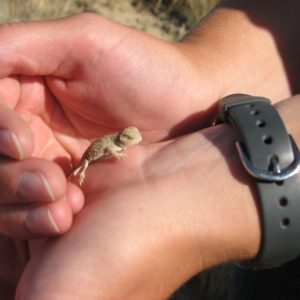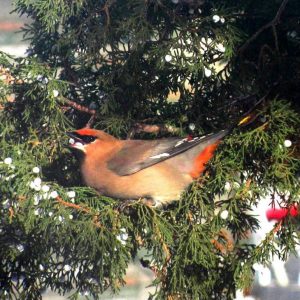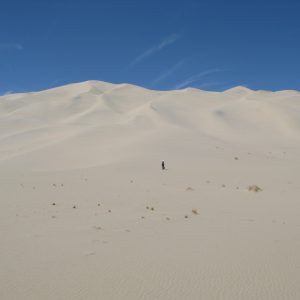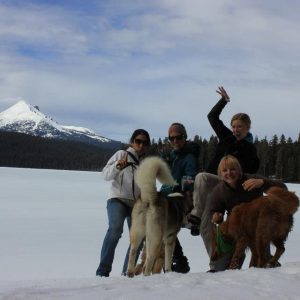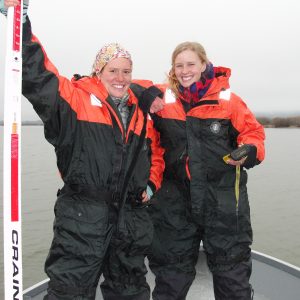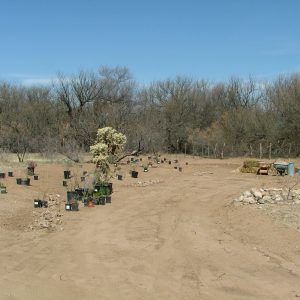I am now in my 11th month in the Buffalo FO, Wyoming. My time here at the BLM is soon coming to a close, though I have a few projects to finish up first. My current responsibility is to use ArcGIS to digitize any type of disturbance in the BFO sage grouse core and connectivity areas. Since the Powder River Basin is a major oil and gas area, there is plenty to digitize. My work will be used by biologists to run a DDCT, a density and disturbance calculation tool. The DDCT is used to help determine where new oil and gas permits can be, so that there is not too much disturbance in any one area.
Basically, what this also means is that I am currently spending all of my time in front of the computer at work. Knowing how important this could be for sage grouse conservation helps to keep me going; however, with spring already showing signs around the field office I am starting to get a little antsy to get outside in the field. Starting next week I’ll be able to go out on some lek surveys, but in the meantime I’ve come up with some other ways to keep me motivated. This mostly comes down to remembering all the good times I’ve had at work and in Buffalo this year and reminding myself that field season is just around the corner. In celebration of this, I’ve posted some of my favorite photos from last year.
P.S. My grasp on technology is not so great, so to really see the objects in the picture well they might take some extra clicking.
- On our first hike on the mountain we ran across a few of these fairy slipper orchids, probably one of the coolest plants I’ve seen here yet.
- All a day looking for salt cedar I walked along a perfectly smooth sandy road. Perfectly smooth that is, except for all the animal tracks.
- We found a family of burrowing owls while out checking on a reclaimed pipeline.
- Make sure to look for the moth on the left side pollinating the Parry’s Primrose. This was up on top of the mountain by a glacier lake, and it buzzed around long enough for a few photographs.
- Yes, I know this is not a toad, but I grew up loving Old Yeller so I was very excited when I found this tiny little guy.
- Growing up in the east, I had always wanted to see a Bohemian Waxwing. Then one day here, out of the blue, an entire flock came into my backyard so I got some decent pictures through the windows.


